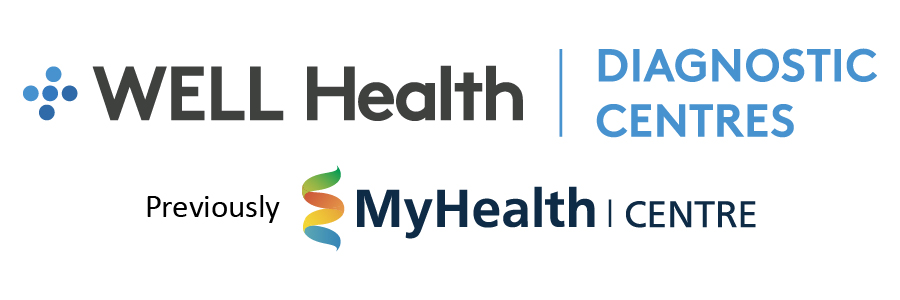An echocardiogram (ECHO) uses ultrasound waves to produce images of your heart. This commonly used test allows your doctor to see your heart beating and pumping blood. Your doctor can use the images from an echocardiogram to identify heart disease.
Your doctor may suggest an echocardiogram if he or she suspects problems with the valves or chambers of your heart or if heart problems are the cause of symptoms, such as shortness of breath or chest pain. An echocardiogram can also be used to detect congenital heart defects in unborn babies.
Depending on what information your doctor needs, you may have 1 of these 4 echocardiograms:
- Transthoracic Echocardiogram – This is a standard, non-invasive echocardiogram. A technician (sonographer) spreads gel on your chest and then presses a device known as a transducer firmly against your skin, aiming an ultrasound beam through your chest to your heart. The transducer records the sound wave echoes from your heart, and a computer converts the echoes into moving images on a monitor.If your lungs or ribs block the view, you may need a small amount of liquid (contrast agent) injected through an IV to improve the images of your heart’s structure on a monitor.
- Transesophageal Echocardiogram – If it’s difficult to get a clear picture of your heart with a standard echocardiogram, or if there’s a reason to see the heart and valves in more detail, your doctor may recommend a transesophageal echocardiogram. In this procedure, a flexible tube containing a transducer is guided down your throat and into your esophagus, which connects your mouth to your stomach. From there, the transducer can be positioned to obtain more-detailed images of your heart.
- Doppler Echocardiogram – When sound waves bounce-off blood cells moving through your heart and blood vessels, they change pitch. These changes (Doppler signals) can help your doctor measure the speed and direction of the blood flow in your heart.Doppler techniques are used in most transthoracic and transesophageal echocardiograms, and they can be used to check blood flow problems and blood pressures in the arteries of your heart that traditional ultrasound might not detect. Sometimes the blood flow shown on the monitor is colorized to help your doctor pinpoint any problems.
- Stress Echocardiogram – Some heart problems, particularly those involving the coronary arteries that supply blood to your heart muscle, occur only during physical activity. For a stress echocardiogram, ultrasound images of your heart are taken before and immediately after walking on a treadmill or riding a stationary bike. If you’re unable to exercise, you may get an injection of a medication to make your heart pump as hard as if you were exercising.
BEFORE THE TEST
No special preparations are necessary for a standard transthoracic echocardiogram. You can eat, drink and take medications as you normally would.
If you’re having a transesophageal or stress cardiogram, your doctor will ask you not to eat for a few hours beforehand. If you have trouble swallowing, let your doctor know, as this may affect his or her decision to order a transesophageal echocardiogram.
If you’ll be walking on a treadmill during a stress echocardiogram, wear comfortable shoes. If you’re having a transesophageal echocardiogram, be sure to arrange a ride home, as you’ll likely receive sedating medication.
DURING THE TEST
Your technician will attach sticky patches (electrodes) to your body to help detect and conduct the electrical currents of your heart. He/she will then apply a special gel to your chest that improves the conduction of sound waves and eliminates air between your skin and the transducer (a small, plastic device that sends out sound waves and receives those that bounce back).
The technician will move the transducer back and forth over your chest. The sound waves create images of your heart on a monitor, which are recorded for your doctor to review.
If you have a transesophageal echocardiogram, your throat will be numbed with a spray or gel to make inserting the transducer into your esophagus more comfortable. You’ll likely be given a sedative to help you relax.
Most echocardiograms take less than an hour, but the timing may vary depending on your condition. During a transthoracic echocardiogram, you may be asked to breathe in a certain way or to roll onto your left side. Sometimes the transducer must be held very firmly against your chest. This can be uncomfortable, but it helps the technician produce the best images of your heart.
AFTER THE TEST
You can usually resume your normal daily activities after an echocardiogram. If your echocardiogram is normal, no further testing may be needed. If the results are concerning, you may be referred to a doctor trained in heart conditions (cardiologist) for more tests.
Treatment depends on what’s found during the exam and your specific signs and symptoms. You may need a repeat echocardiogram in several months or other diagnostic tests, such as a cardiac computerized tomography (CT) scan or coronary angiogram.
Source: Mayoclinic.org
Locations
- Brampton Centre
- Brantford
- London Arva
- London Wharncliffe Cardiology
- Milton Cardiology
- Mississauga Cardiology
- Newmarket Cardiology
- North York
- Orangeville
- Sault Ste. Marie
- Scarborough
- Simcoe
- Sudbury Larch Cardiology
- Toronto Davisville
- Toronto King
Google Reviews
This clinic was clean and the wait was minimal. The doctors were professional and the care was top notch. I would return.
– MIKE J.
